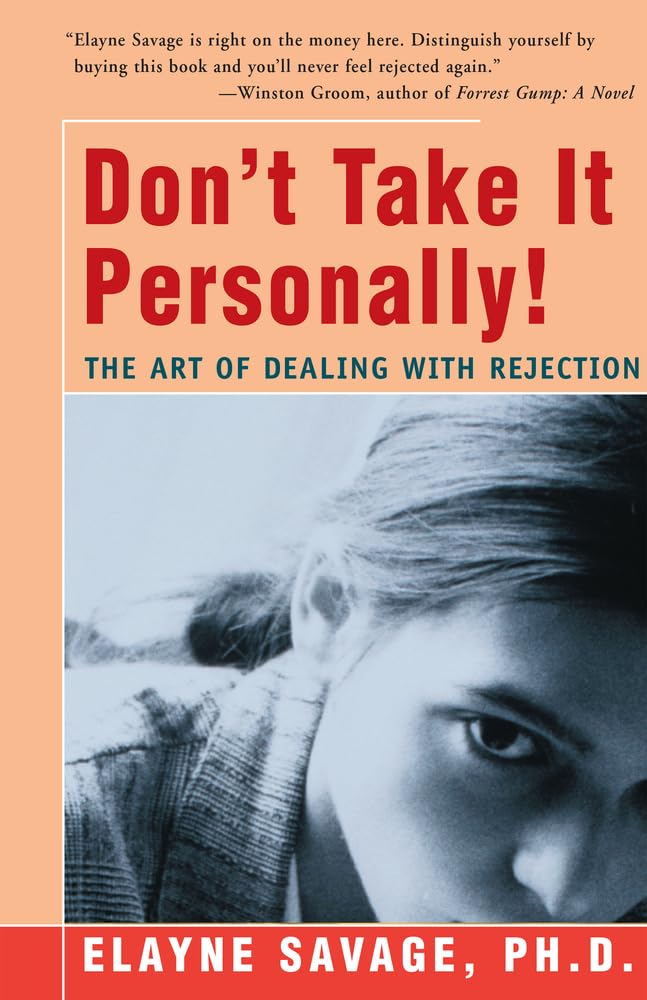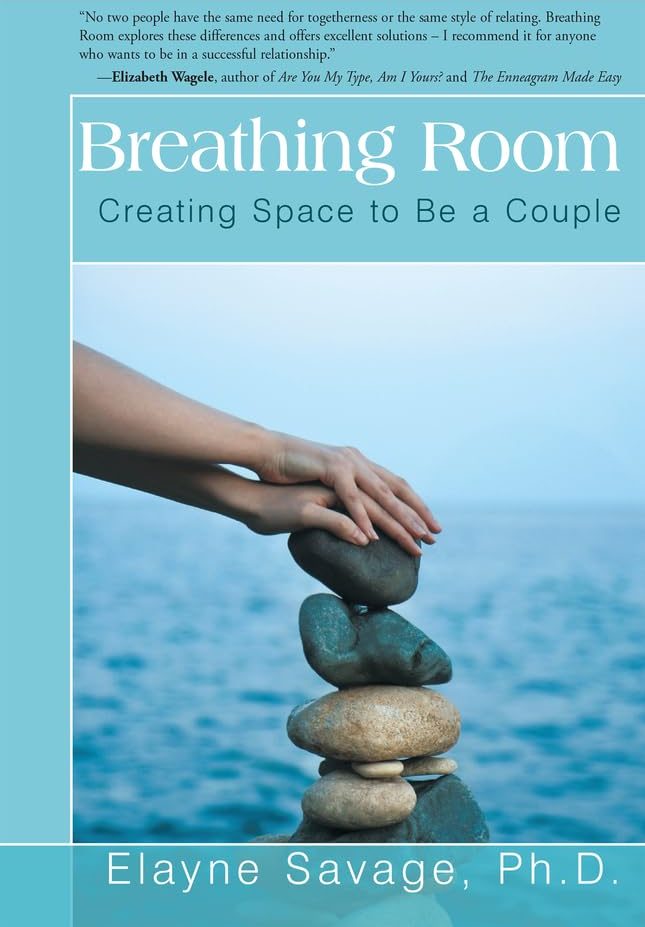By Elayne Savage, PhD
I love watching the faces of workplace and psychotherapy clients when I introduce the amazing Drama Triangle into our work. At long last, their problematic and confusing relationships begin to make sense!
When I discovered this concept in a Transactional Analysis Bulletin article in the 60s I thought: Eureka! I've found gold!
This ingenious way of sorting out complex interactions was developed by Stephen Karpman, MD, a psychiatrist in the San Francisco Bay area. Steve was a colleague/devotee of Eric Berne, the father of Transactional Analysis and author of Games People Play.
I've written about the Drama Triangle in my books, and used examples extensively in my workshops. However, in the many years I've been writing this blog, this is the first time I've made it a centerpiece.
In the Karpman Drama Triangle, the three points are represented by the roles of Persecutor, Rescuer, and Victim. The roles are interchangeable, with each player possibly trading positions at any given time. Sometimes a person may switch from Victim to Persecutor to Rescuer in a flash; other times, it’s more gradual.
You may have noticed how it becomes a quick trip from feeling blamed to blaming someone. Or going from feeling victimized to provoking a “rise” out of the other person.
First of all, I want to point out how easy it is to feel like a victim when we tend to take things personally — especially at times we are feeling singled out or treated unfairly or disrespected in some way.
The classic martyr offers a great example of the triangle in action.
The Martyr – Victim Extraordinaire
Both in families an in work situations, the martyr complains of doing so much for others (Rescuer) that s/he feels unappreciated (Victim). Our martyr may frequently be heard saying (or insinuating) something like: “Look at all I do for you and look what I get in return — nothing.” And how do you imagine it feels to be on the receiving end of comments like that?
However, consider how the martyr may actually be the most powerful person in the family or work setting. Others keep trying to please (Rescue) — until they become resentful. Then they begin to feel victimized (Victim). If they retaliate by acting rebelliously or procrastinating or making empty promises, the martyr perceives them as “bad and uncaring” (Persecutor), because s/he actually feeling victimized by them.
Or Might It Be The Rescuer? Or the Victimizer?
Can you envision how the martyr moves from role to role on the triangle? This occurs in a similar fashion for other “rescuing” kinds of behavior — codependence, overfunctioning, infantilizing. When one person “takes over” for the other (Rescuer), the dependent one feels diminished (Victim) by the pushy one (Persecutor). Anger and resentment build up (Victim/Persecutor), leaving the “rescuer” feeling hurt (Victim) that these caring behaviors are not appreciated by their family members or coworkers..
In the graphic you'll notice the Victim spot is on the bottom of the triangle. However, because of the power the victim holds it might as well be on the top. Isn’t it fascinating how one person may see him- or herself in the role of Victim (or Rescuer), and another person may see that person as the Victimizer. And we wonder why people get so upset with us!
Awareness is the Key
Having awareness of how this process works can help stop interactions that lead to hurt feelings, misunderstandings, anger and resentment. Most especially, it can help curb that destructive cycle of feeling personally attacked and needing to defend by mounting a counterattack.
So often we get stuck in an intractable position, seeing ourselves in primarily one role — usually the rescuer or the victim.
Hmmmm. Interesting, isn't it, how we seem to have blinders on about our own role of persecutor! Once we recognize that these positions are fluid, we can understand that others may see us quite differently than we see ourselves. Then we can more easily see problematic situations from a wider lens, perhaps even from the other person’s point of view. And what a difference that can make both at work and at home.
Might these ideas change your work or personal relationships? How might that be?
What kinds of Drama Triangle experiences have you had? I'd love to hear your stories and solutions . . .
© Elayne Savage, PhD
Excerpted from Don't Take It Personally! The Art of Dealing with Rejection and Breathing Room – Creating Space to be a Couple.
Elayne Savage is the author of ground-breaking relationship books published in 9 languages.
Both books are now available on Kindle!
To order DON'T TAKE IT PERSONALLY! THE ART OF DEALING WITH REJECTION
To order BREATHING ROOM — CREATING SPACE TO BE A COUPLE
REPRINTING THESE e-LETTERS
You can use the articles in 'Tips from The Queen of Rejection'® as long as you include an attribution and, whenever possible, a live link to my website. I'd appreciate if you'd notify me where and when the material will appear.
The attribution should include this information: Elayne Savage, PhD is a communication coach, keynote speaker, and trainer, practicing psychotherapist and author of Don't Take It Personally! The Art of Dealing with Rejection and Breathing Room – Creating Space to Be a Couple.
To find out more about my speaking programs, coaching and consultation services visit: //www.QueenofRejection.com or call 510-540-6230 if you or your group can benefit.
Contacting Elayne
I welcome your feedback as well as suggestions for topics you'd like to see addressed in this e-letter.
Here's how you can reach me:
510-540-6230
www.QueenofRejection.com
For more communication and rejection tips, you can follow me:
Twitter@ElayneSavage
LinkedIn.com/in/elaynesavage
Facebook.com/elayne.savage


Leave a Reply